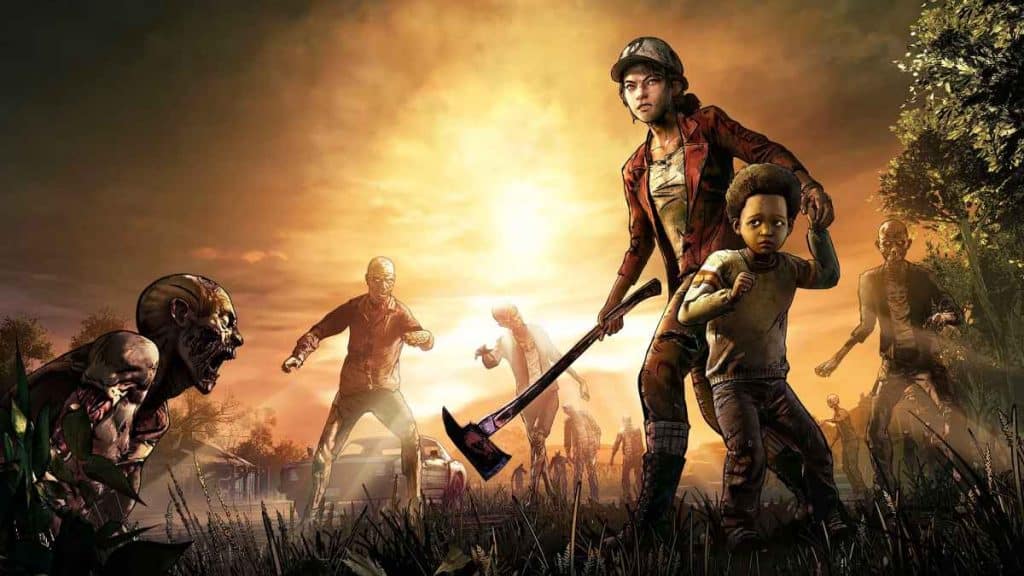3D art is a well-established category at this point, and it’s an absolutely crucial element of animated feature films, live-action feature films, and many video games.
For fans of these art forms, excellence is a baseline expectation. It’s just assumed that a brand-new movie or game utilizing 3D art will be extremely impressive in its designs, its rigging, and its rendering.
But even with behind-the-scenes featurettes, most fans don’t get a comprehensive view of how it all comes together.
Meanwhile, in the studios, teams of 3D artists at the top of their field are working incredibly hard to stay up-to-date on new technologies, create complex rigs, and build textures and assets that form a cohesive sense of art direction.
To help dispel some of the mystery, we interviewed Tirumalaimuttu Shanmugam, a 3D Technical Artist, Generalist, and Instructor who is currently working with the multi-award-winning video game studio Telltale Games.
In addition to his work on movies, console games, and mobile games, Shanmugam has also collaborated on autonomous vehicle simulators.
Shanmugam provides Synthetic Data Development content for machine learning algorithms, short films, and product explanatory videos.
On the whole, Shanmugam has made himself an expert on multiple aspects of the 3D production pipeline, and he’s been sharing that expertise as an instructor, covering design, development, and rendering.
We interviewed Shanmugam on significant advances in 3D art and animation, Synthetic Data Development, bottlenecks, and keeping pace with industry standards and new technologies.
To start out, what have you been working on lately?
Shanmugam:
Currently, I am working for Telltale Games as a Technical Artist, on a cinematic console game.
Over the past ten years, what would you say has been the single most significant technology, process, or automation for 3D art and animation?
Shanmugam:
I have been working with motion capture on and off for more than 15 years. This technology has proven its significance throughout, not just in games and movies.
Content providers have a wide range of options to choose from to set up a capture session. It can be decided based on factors like the complexity of the action, budget, etc. A simple home-based setup is good for simple actions, and a studio setup is for complex movements.
Can you discuss your work within Synthetic Data Development content and the significance of this work?
Shanmugam:
I developed Synthetic Data for an Autonomous Vehicle Simulator and an architecture-based project for machine learning algorithms. 3D content proving for an Artificial Intelligence-based project is different. The challenge I faced mostly was to create a unique variation of 3D assets for both avatars and environment props. The description of unique variation led to research and development of non-destructive 3D assets, which resulted in the creation of organic-looking 3D environments.
As an instructor, what are some of the topics your students have shown the most interest in?
Shanmugam:
Based on the demo reel that students bring in for review at the end of the program, most of them want to be 3D Generalists. Interest is in courses like 3D modeling, texturing, and lighting. The electives they choose later in the curriculum reflect the same, which are digital sculpting and texture painting.
Some show interest in VFX-related courses like compositing 3D elements on top of real-life imagery. Though students show great results in rigging and dynamics, only a few want to be riggers and FX artists.
Is it difficult to stay aligned with the most current technologies and processes?
Shanmugam:
My approach to this alignment is to have a few questions before I do a heads-down on the technology. These would be simple questions that are wrapped around basics, which helps me navigate toward what I am looking for.
Also, studios keep refining their pipeline based on projects. Therefore, updating becomes a day-to-day task. This is true in academics as well. The syllabus is constantly revamped based on industry standards, which is a great guide for tutors to align themselves with.
Let’s say you’re working on a project and there’s a sudden bottleneck. Are there typically other aspects of the project you can work on while waiting for other team members to relieve that bottleneck?
Shanmugam:
ATechnical Artist wears different hats based on production needs. It also depends on the team size. I mostly worked for startups and small teams. There is always something that needs another hand during a bottleneck or downtime situation.
Out of all your projects so far, which was the most challenging?
Shanmugam:
Research and development of the procedural 3D city for an Autonomous Vehicle Simulator.
It was a procedural workflow, meaning the construction approach for 3D assets should be like solving math problems, but in a traditional workflow, artists focus on nailing the design based on references.
The challenging factor of this project was the implementation of linear algebra concepts. These are concepts that stayed just as a theory for me after high school, but witnessing how they helped in 3D creation was exciting.
Do you enjoy seeing a finished project for the first time? Does this experience change your view of that project?
Shanmugam:
I love to watch and enjoy a finished project, but in rare cases, I can’t help the thought that it could have been different.

